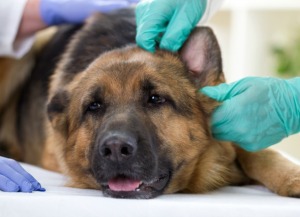
Los Angeles, California, resident Joseph Bisignano is a doctor of veterinary medicine (DVM) and a graduate of the Western University of Health Sciences in Pomona. As the department head of internal medicine at Metropolitan Animal Specialty Hospital in Los Angeles, Joseph Bisignano, DVM, specializes in various diseases and procedures, including urethral stenting and minimally-invasive stone removal in animals.
Bladder stones, or urinary calculi, are hardened mineral deposits in cats’ and dogs’ bladders or urinary tracts. These compounds can lead to blockages and become life-threatening if untreated. Symptoms of bladder stones include painful urination, urinating in unusual locations, blood in urine, and vomiting. Fortunately, bladder stones are easily treatable with procedures that remove the stones and clear the urethral path.
Percutaneous cystolithotomy (PCCL) is a common minimally invasive surgical technique for treating bladder stones. In PCCL, a vet uses a sharp-pointed instrument called a trocar and canular to make a small abdominal cut and a tiny 6mm incision which serves as an entry point for a cystoscope. The cystoscope is a long-standing tube that contains a camera for locating bladder stones. The vet then uses another device, a lithotripter, to break up the stones with shock waves before removing them.
PCCL causes less pain and trauma to surrounding tissue than invasive surgical procedures like open cystotomy, as it only requires a small skin incision. Healing is also faster. A study on dogs and cats undergoing PCCL showed a high success rate and fewer minor complications, about 83 percent of subjects recovered within 24 hours of the operation.







